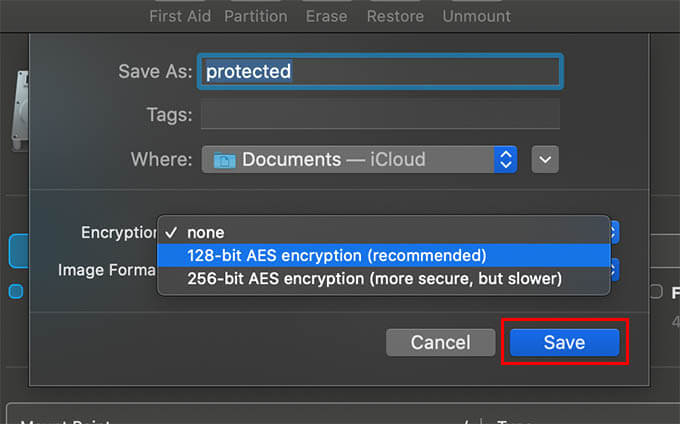
Of those, the sparse bundle is probably the more useful so long as it can be stored where its bundled structure is respected.Ī sparse bundle consists of a folder, the bundle, with the extension. If you intend making your disk image/bundle writable, so that you can add further items to it, then you should consider using either of the sparse formats, which grow as the data in them grows. There are many variants and options for those: images can be read-only or writable, encrypted, compressed, HFS+, APFS or use other file systems, use case-sensitive names or not, and can support other specific features such as journalling for HFS+. Thus, the image file or bundle is merely a container for a file system and files. This is performed at a low level, in the kernel and its extensions, just as if the image/bundle were an external storage device. When you open an image or bundle, macOS first attaches it, then inspects it for file systems, which it tries to mount. Create a 10 GB sparse image or bundle, put 1 GB inside it, and it will be little more than 1 GB in size, as it doesn’t store any empty space. dmg file will be 10 GB in size, even though most of the file is empty. Create a normal 10 GB disk image to contain 1 GB of files, and that.
Mac disk image file free#
There are two main types of disk image: regular images, which include not only the data stored in them but also all free space, and sparse images/bundles which only store the data without any free space. This article is a short introduction to what is on offer in macOS. What is complicated about disk images are their many variants and options. They’re commonly used to distribute software, to protect sensitive documents with encryption, and to provide a virtual file system for Time Machine backups on other host systems such as networked storage. A disk image is just a file or bundle (a specially structured folder posing as a file) which can be loaded into memory and function as a whole disk, with volumes, folders and more. Hdiutil mount ~/PathToYourISO/filename.Disk images, including both single-file and bundle forms, aren’t novel. Volumes/PCUnlocker) as we need to use it to unmount the disk. Note down the name of the destination mount point (e.g.
Mac disk image file iso#
Mac disk image file mac#
Method 3: Open and Mount ISO file on Mac Using Terminal

You can double-click it to open the drive and view the contents of your ISO image.

To start, open a Finder window and navigate to the location of your ISO file, then right-click on it and select “ Open With” -> “ DiskImageMounter (default)“.Method 1: Open and Mount ISO file on Mac with DiskImageMounter In this tutorial we’ll show you 3 easy ways to open and mount ISO file on macOS High Sierra. ISO file on your Mac? ISO files are often used to distribute bootable utilities for DOS, Windows, Linux or other operating systems.


 0 kommentar(er)
0 kommentar(er)
